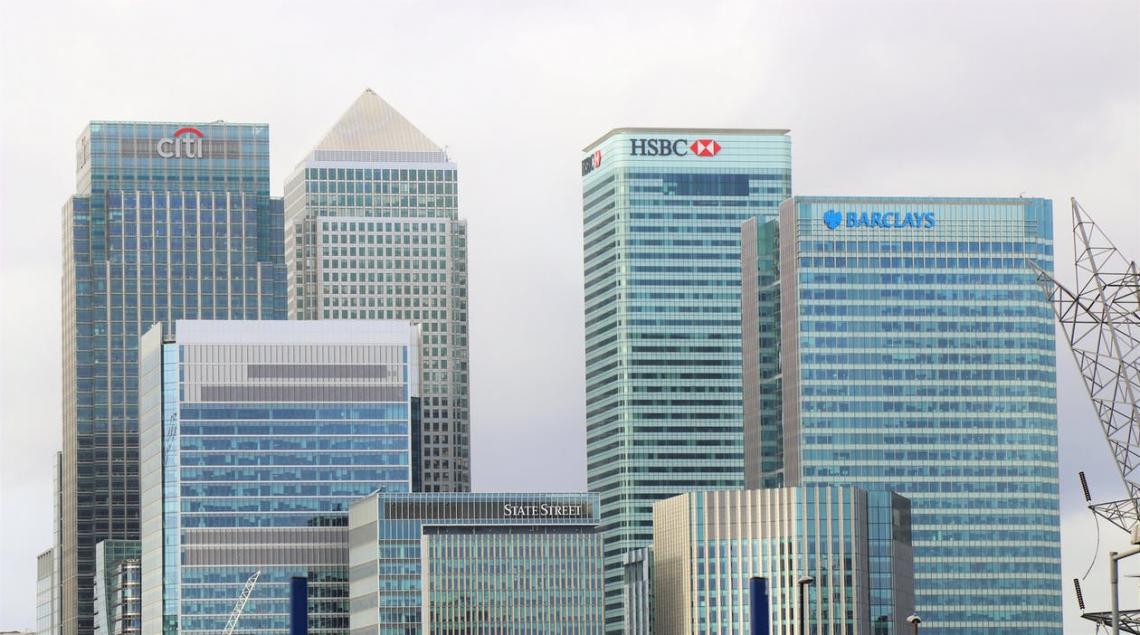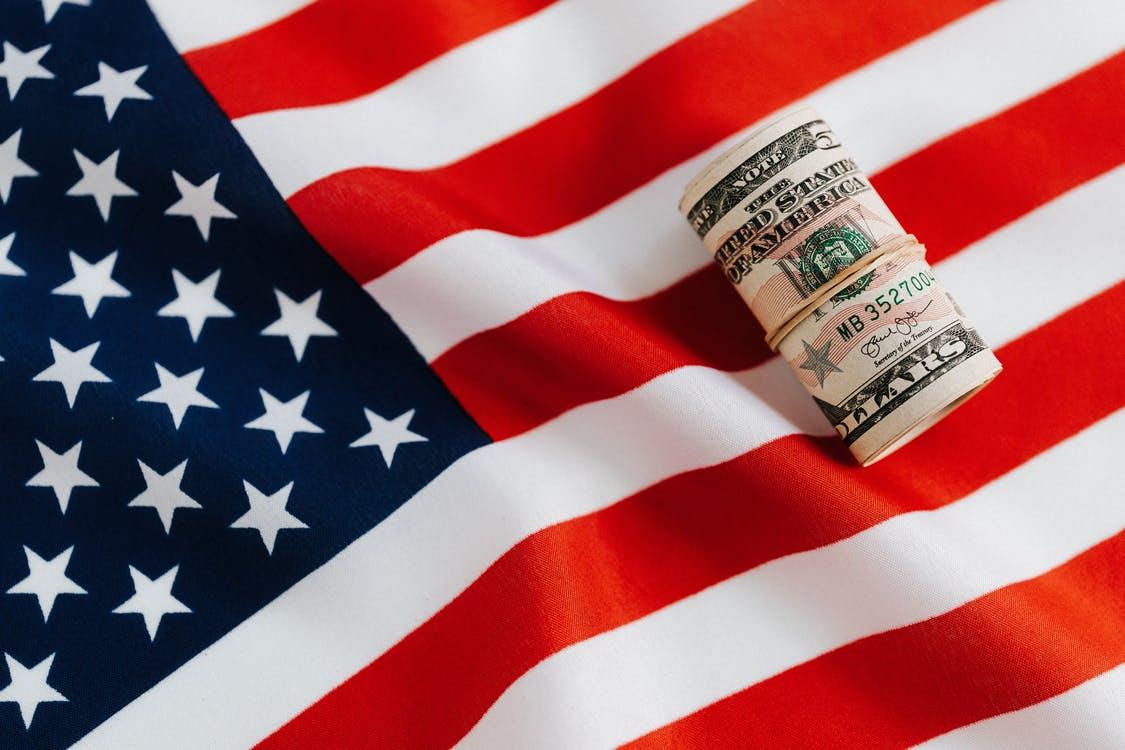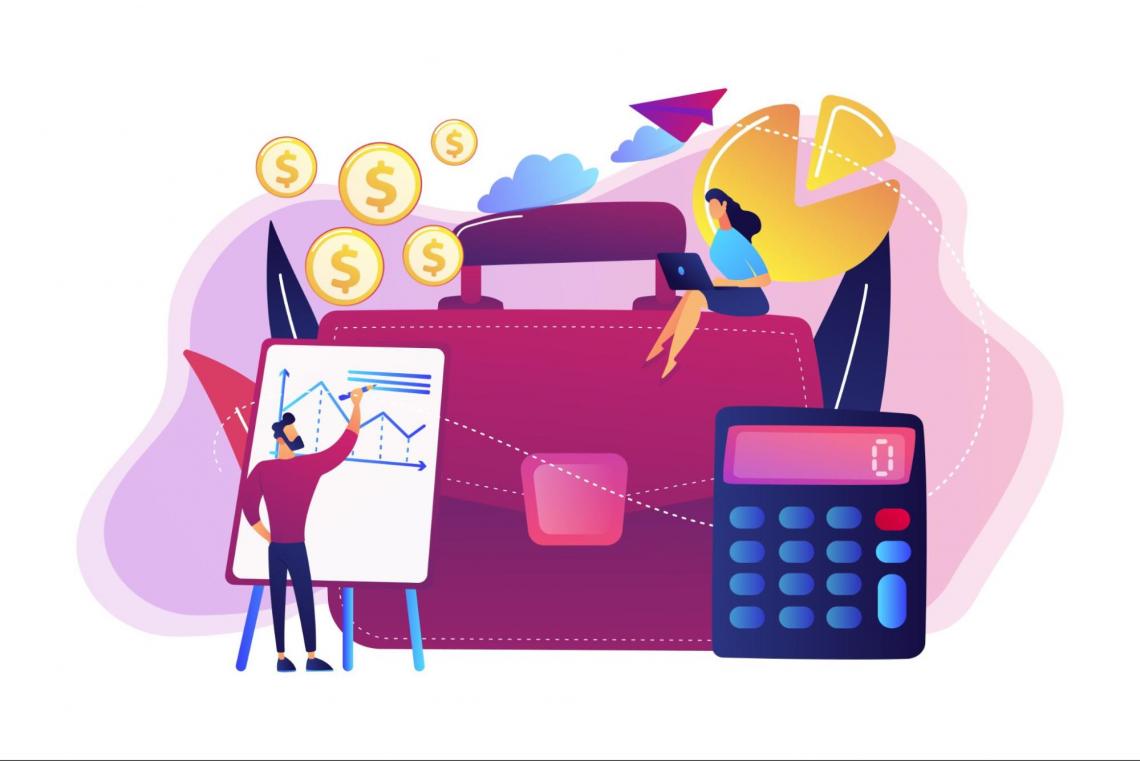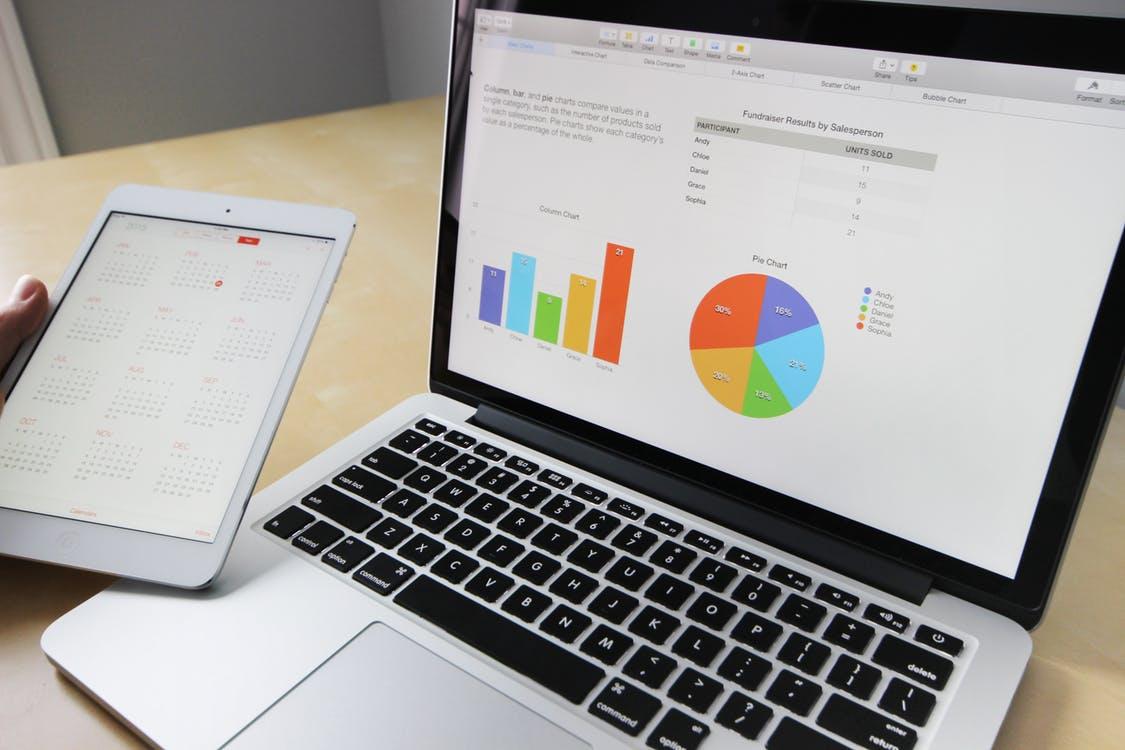Money Center Bank
These banks participate in domestic and global financial systems due to their huge balance sheets.
A money center bank has a similar structure to a traditional bank; however, it borrows from and lends to governments, large businesses, and conventional banks.

Generally, these financial organizations (or certain sections of these institutions) do not lend to or borrow money from consumers. Instead, transactions with major enterprises, other retail banks, and governments provide most of its revenue; they are known as "money market banks."
Usually, a bank in a big city such as London, New York, or Hong Kong is known as a money center bank. This is because it offers various financial services across regions, nations, and continents.
Furthermore, universal banks operate in economic centers and are money-center banks. They are involved in every aspect of banking, from creating credit cards to capital markets and even helping businesses sell shares in initial public offers (IPOs).
In addition, this bank is seen as a leader, at least within an area, because it significantly impacts smaller banks' operations and interest rates.
In this article, we will learn more about money center banks, their relation to dividend income, their activities, and how they link to mortgage-backed securities.
Understanding the concept
Since banks are known as "money centers," they are typically found in significant economic centers like London, Hong Kong, Tokyo, and New York. These banks participate in domestic and global financial systems due to their huge balance sheets.

According to the 2008 financial crisis and money center banks, Bank of America, Citi, JP Morgan, and Wells Fargo are just a few examples of big money center banks in the US.T.
These banks faced financial difficulties during the 2008 financial crisis, but the U.S. Federal Reserve intervened with three stages of quantitative easing (QE) and purchased mortgages.
Homeownership in the United States reached its pinnacle in 2004 at 70%. However, in the final quarter of 2005, home prices began to collapse, which resulted in a 40% decline in the U.S. Home Construction Index in 2006.
At this point, subprime borrowers started to fail on their loans because they could not handle the higher interest rates. As a result, in 2007, numerous subprime lenders declared bankruptcy.
This had a ripple effect across the board for the entire U.S. financial services sector, with several money center institutions being particularly heavily hit.

In addition, these financial institutions enjoyed a constant flow of cash during the QE period, which they used to create new loans and mortgages, boosting the recovery of the entire economy.
Many people were worried that if the QE programs ended, money center banks would not be able to expand naturally without assistance. This is true because loan and mortgage interest fees were the banks' main sources of income.
But as U.S. interest rates started to increase, so did the net interest revenue of money center banks.
Money Center Banks and Dividend Income
Most of these banks obtain funding from domestic and international money marks instead of relying on depositors, like traditional banks.

Some people enjoy collecting such securities for income and find these institutions' dividend yields admirable.
The following equation can be used to determine dividend yield:
Dividend Yield = Annual Dividend per Share [$]/ Price per Share [$]
As we can see, the estimated current-year yields frequently multiply the most recent quarterly yield by four (adjusting for seasonality), divide the result by the stock price at the time, and then add the dividend yield from the previous year.
For comparison, quarterly rates of return are frequently annualized. For example, a bond or stock could return 5% in the first quarter. Therefore, we might annualize the return by multiplying 5% by the number of periods or quarters in a year.

Since there are four quarters in a year, or (5% * 4 = 20%), the investment at that time would have an annualized return of 20%.
However, some dividend reductions are considered a negative vibe for the announcing money center bank and the regional bank. Still, only these banks have negative, contagion-type externalities.

In addition, regional bank dividend reductions have favorable competitive impacts on nearby competitors.
Regulatory enforcement action may have a unique negative impact on a bank's valuation, while action against a regional bank may have a positive competitive impact on nearby rivals.
Activities
Many operations can be classified into different businesses. Starting with a portfolio business, these banks build up assets and provide money, emphasizing the bank's interests.

These kinds of businesses are used to invest in assets and securities, which can widen the gap between the cost of borrowing money and the interest rate that banks charge.
One of the main ways that banks make money is through bank spread. Therefore, banks usually borrow short and long-term money at higher interest rates to enhance the spread.
Also, trading is always considered as another operation that is a part of banking operations. However, it is mostly used for market-making and liquidity. Banks with money centers engage in market trading on both the purchase and sell sides.
To make a profit, they sell at higher prices than market prices.
Furthermore, to offer loans to investors who are the participants in the loans at somewhat higher prices, the banks actively provide loans. Also, the business activity usually supports the bank's corporate finance division.

On the other hand, the corporate finance section represents clients' interests in situations where the bank is compensated for the given services.
Usually, money center banks examine funding options into:
- Corporate
- Governmental
- Institutional clients
A short-term, unsecured debt obligation known as "commercial paper" is one that financial institutions and big businesses issue as an affordable alternative to more expensive funding sources. It is a money market product with a typical maturity of up to 270 days.
Rather than paying cash interest like a traditional debt asset, the commercial paper is sold at a discount to its face value to reward the investor. In other words, the investor's "profit" is the difference between the face value at maturity and the discounted purchase price.

In addition, some businesses that have a temporary requirement to pay bills and cover expenses are used to finding themselves needing commercial paper.
Commercial paper is frequently referred to as an unsecured promissory note because the security is not supported by anything other than the issuer's commitment to pay the face amount at maturity.
Risks of Commercial Paper
It is important to highlight that only large businesses with excellent credit ratings will be able to sell the instrument at a fair price due to the promissory nature of the commercial paper.

These firms used to be the only ones that enjoy the option of issuing such debt instruments without collateral support: they are referred to as "blue-chip companies" in common parlance.
Usually, investors would not have enough trust in a smaller company to purchase the securities if it tried to issue commercial papers.
In addition, there will not be a market for this kind of issue of commercial paper, and the reason behind that is that the credit risk, which is the probability that a borrower will not be able to repay the loan, will be too high for smaller firms.
Although less significant than other longer-term loan instruments, liquidity is another potential risk of commercial paper. The capacity of a security to be exchanged into cash at a price that reflects its fair value is referred to as liquidity in general.
Liquidity is a measure of how simple it is to buy or sell securities in the market.

Furthermore, let's consider how quickly commercial paper matures and how little capacity there is for additional trading on secondary markets. Liquidity is less of an issue than credit (default) risk.
Regarding that, it is one of the most common debt instruments used in the money market, such as secondary markets that are quite small.
However, deals with bank securities like treasuries, banker's acceptances, and similar money market products are sold through a process called distribution. There are securities involved that the bank is allowed to trade.
Also, bank loans and the sale of commercial papers are currently permitted by money center banks.
Money Center Banks in the U.S.
Most of us know that the big four money center banks in the United States are JP Morgan, Bank of America, Citigroup, and Wells Fargo, based on asset size.

A significant share of commercial and individual account holders are served by the four banks, which hold about 45% of the deposits in the country.
It is possible to say that the banks are too big to collapse. However, even these banks experienced financial difficulties in the 2008 financial crisis.
Furthermore, in the first three mortgage buying phases, known as quantitative easing QE, the U.S. Federal Reserve began purchasing MBS (mortgage-backed securities) from banks.
Also, the move led to consistent money flow into the banks, allowing them to increase the number of loans and mortgages they issued and therefore supporting the recovery of the entire economy, including their own.
However, as interest rates increased in the United States, these banks began to generate a steadily growing profit. As a result, more than $1 trillion in capital, $2 trillion in cash, and more than $3 trillion in deposits have been accumulated since 2009.
A mortgage-backed security is also an asset-backed instrument sold on the secondary market and allows investors to profit from the mortgage industry without buying or selling mortgages physically.
Mortgages are also sold to organizations like investment banks or government institutions, who bundle them into MBSs that can be offered to individual investors. A licensed financial institution must have created an MBS mortgage.
Types of Mortgage-Backed Securities
As we know, many banks can lend mortgages to customers without worrying as much about whether the borrower will be able to repay the loan by selling the mortgages they currently hold. MBS are frequently purchased by institutional investors, businesses, and private investors.

However, there are two fundamental forms of mortgage-backed securities that we can consider:
1. Pass-through mortgage-backed securities CMO
The most straightforward MBS is the pass-through mortgage-backed security, which is a trust that pays investors principal and interest. However, it comes with a fixed maturity age which could be the average life shorter.
According to the grantor trust rules, which govern how trusts are taxed, the trust that sells pass-through MBS must treat the certificate holders as direct owners of the faith to calculate the trust's tax liability.
2. Collateralized Mortgage Obligation (CMO)
The multiple pools of securities that make up collateralized mortgage obligations are also known as tranches—the different maturities and priorities in which the principal and interest are paid out for each tranche.
Additionally, separate credit ratings are assigned to the tranches. As a result, the lowest interest rates are offered by the least risky tranches, whereas investors often prefer the higher interest rates offered by, the riskier tranches.
How a Mortgage-Backed Security Works
In this part, we will understand more about the procedure of MBS. First, you approach a bank to ask for a mortgage when you want to purchase a house. Then, you will receive the funds in your account if the bank determines you are creditworthy.

After that, you must regularly continue paying the bank as specified in your mortgage contract. Then, either the bank will collect the principal and interest payments or choose to sell the mortgage to another financial organization.
In addition, the bank will use the sale proceeds to make new loans if it chooses to sell the mortgage to another bank, a government agency, or a private company.
Also, the institution that purchases the mortgage loan pools it with other mortgages with comparable features, such as interest rates and maturities.
Then, it offers these mortgage-backed securities for sale to potential buyers. Furthermore, It spends the proceeds of the sale on more securities, and MBS floated in the open market.
Researched and authored by “Naden Ahmed” | LinkedIn
Free Resources
To continue learning and advancing your career, check out these additional helpful WSO resources:




or Want to Sign up with your social account?